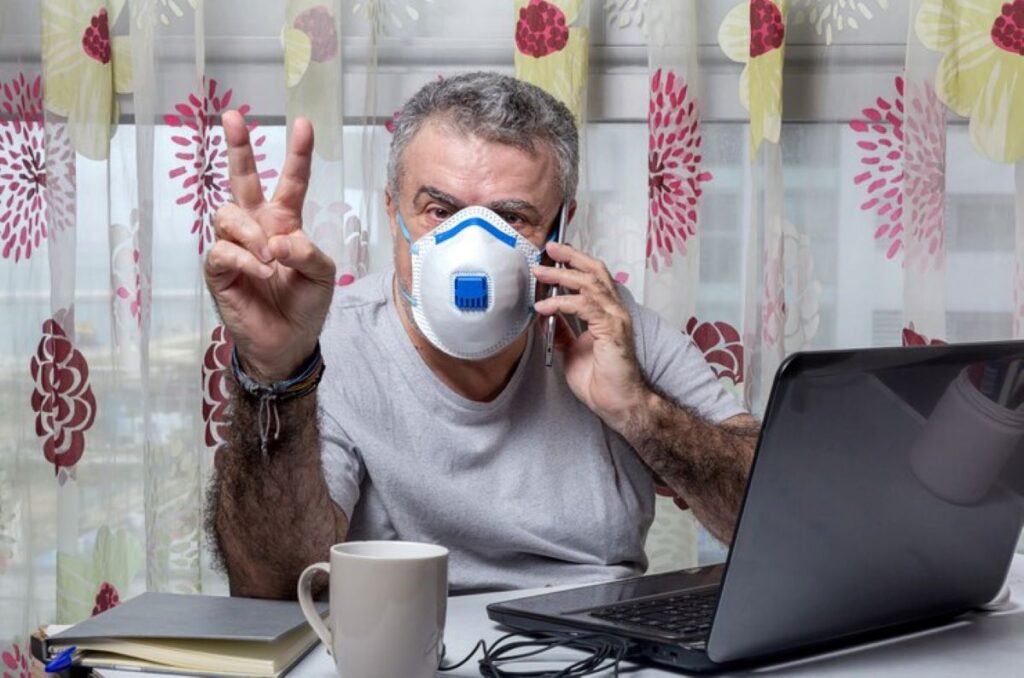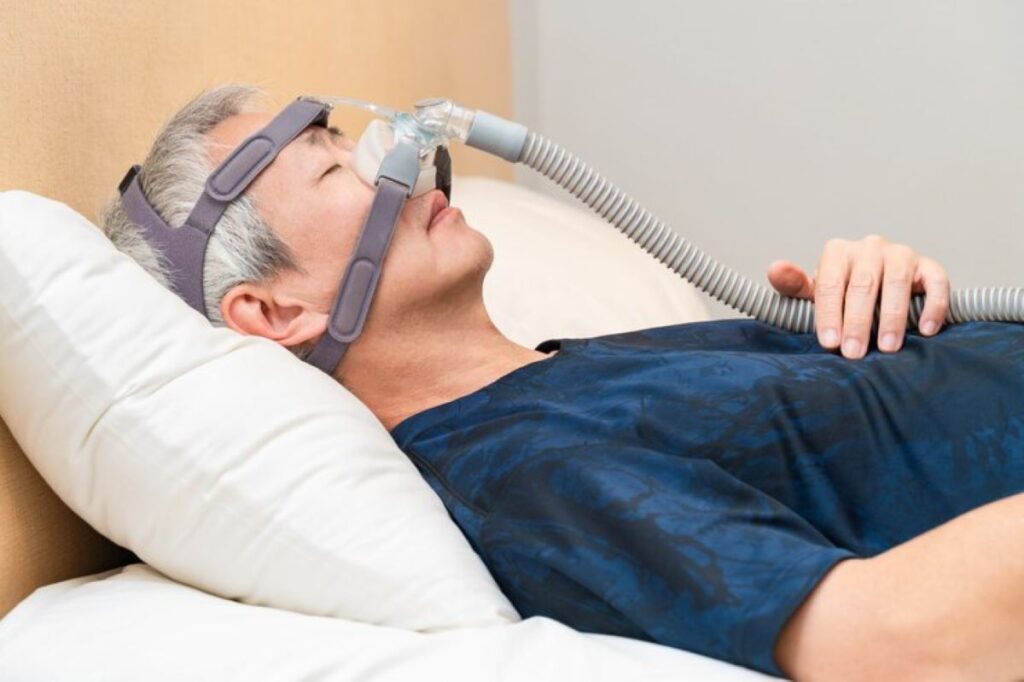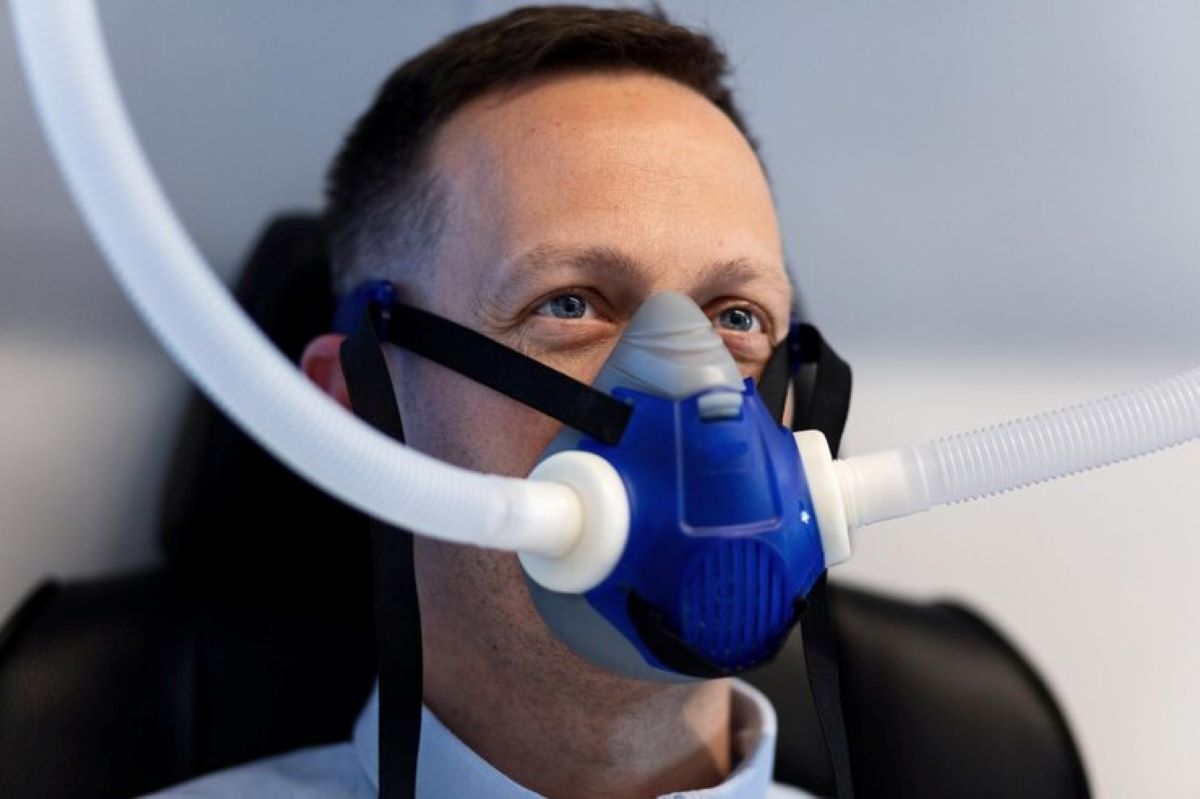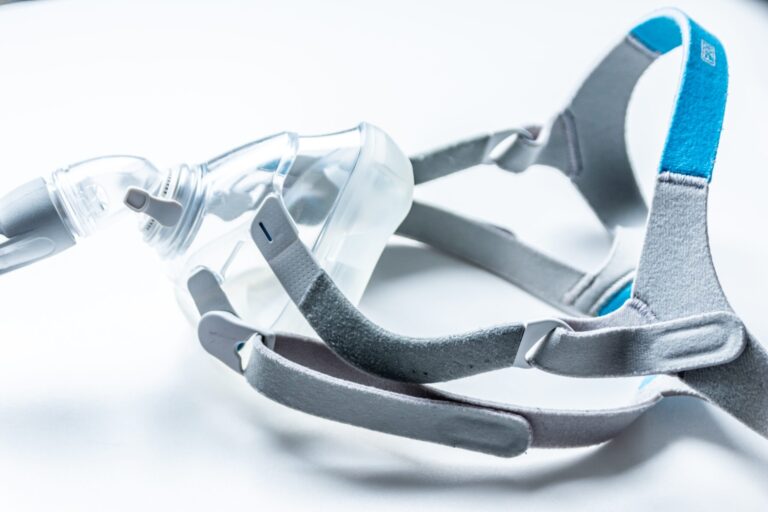Understanding the importance of a well-functioning CPAP mask
A Continuous Positive Airway Pressure (CPAP) mask is a vital component for those diagnosed with sleep apnea. Its primary purpose is to deliver a steady stream of air to keep the airways open during sleep. This essential device plays a significant role in providing users with the quality sleep they desperately need to maintain their health. Consequently, understanding its functionality cannot be overstated.
When a CPAP mask is operating correctly, it can significantly reduce the effects of sleep apnea, resulting in improved daytime energy levels, mood stabilization, and overall physical health. Users often report fewer instances of waking fresh at night and reduced snoring, which can also benefit partners who share a bed. Recognising the importance of this tool is the first step towards ensuring one’s health and comfort.
The role of a CPAP mask in sleep apnea treatment
CPAP masks australia works by creating a continuous airflow that prevents the airway from collapsing. This treatment is crucial because obstructive sleep apnea can lead to a plethora of health issues, including high blood pressure, heart disease, and diabetes. Furthermore, well-managed sleep apnea contributes to improved cognitive performance and emotional health.
If you are someone who depends on a CPAP mask, knowing that its effectiveness is directly tied to its condition is vital. Ensuring your mask is functioning optimally helps keep your health risks in check. A reliable mask promotes more restful sleep, allowing you to face each day with vigour. Additionally, the psychological benefits of consistent, restorative sleep cannot be overlooked; many users find that their overall quality of life improves as they become more alert and engaged in daily activities, fostering better relationships and productivity.
The potential risks of using a worn-out mask
Using a worn-out CPAP mask poses serious risks. Beyond the discomfort of a poorly fitted mask, there are real dangers associated with inadequate airflow. A compromised mask may lead to insufficient pressure being delivered, potentially allowing airways to collapse and sleep apnea symptoms to resurface.
Moreover, wearing a dirty or old mask can lead to skin irritations or infections, as bacteria can accumulate on its surface. This not only affects your skin health but may also pose risks to your respiratory system. A lack of proper airflow can negate the benefits intended by the CPAP therapy itself, leading to sleep deprivation and associated health concerns. Regular maintenance and cleaning of the mask are essential practices that can help mitigate these risks. Users are encouraged to follow the manufacturer’s guidelines for cleaning and replacing parts, as this can extend the life of the mask and enhance the overall effectiveness of their therapy. Furthermore, staying attuned to any discomfort or changes in the fit of the mask can prevent potential complications, ensuring that the user continues to reap the benefits of their CPAP treatment.
Recognising the signs of a deteriorating CPAP mask
Knowing when to replace your CPAP mask is crucial for maintaining the effectiveness of your therapy. There are several unmistakable signs that may indicate your mask has seen better days.
Whether it’s physical deterioration, changes to comfort, or performance issues, being alert to these symptoms can help you avoid a lapse in treatment effectiveness. Let’s examine some of the telltale signs that indicate it might be time for a replacement.
Physical signs of wear and tear
One of the most apparent indicators is the physical state of the mask. If you notice any cracks, tears, or discolouration, it’s likely time for a new one. Silicone cushions tend to degrade over time, becoming stiff and less effective at creating a proper seal.
A distorted mask can also lead to air leaks, which will affect pressure delivery. If you find yourself adjusting the mask constantly, it might be a signal that it’s no longer doing its job effectively. Regular checks of your equipment can save you from compromising your sleep quality.
Changes in comfort and fit
Comfort is paramount when it comes to wearing a CPAP mask. If you find that your mask feels uncomfortable, or if it doesn’t fit as snugly as it once did, this could point towards a need for replacement. Changes in facial structure, such as weight fluctuations or inflammation, can also alter how well the mask fits.
A mask that shifts during the night can interrupt your sleep and lead to more severe sleep deprivation. Therefore, even minor changes in comfort should not be overlooked, as they can significantly impact the efficacy of your treatment.

Altered performance and effectiveness
Should you notice that you are waking up feeling groggy or experiencing heightened symptoms of sleep apnea, it might be time to evaluate your mask’s performance. If air pressure levels seem inconsistent or if you hear more noise coming from the mask, these could be indicators of a problem.
Your CPAP machine should be working harmoniously with your mask, delivering the required airflow. If you suspect there’s an issue, it’s essential to conduct a thorough examination and seek a replacement if necessary.
The lifespan of a typical CPAP mask
Understanding how often your CPAP mask should be replaced is crucial in healthcare management. Many manufacturers provide specific guidelines, but various factors can influence how long your mask lasts.
From general use to the materials used in manufacturing, the lifespan can range. Often, a mask may last anywhere from a few months to several years depending on these criteria.
Manufacturer’s guidelines on mask replacement
Most manufacturers suggest replacing your CPAP mask and its components every three to six months for optimal performance. However, guidelines can differ depending on the brand and model. It is essential to refer to the specific instructions provided in your CPAP user manual.
Making a habit of adhering to these guidelines will ensure that your mask is functioning correctly, ultimately preserving your health and improving the quality of your sleep.
Factors that can shorten your mask’s lifespan
Several factors can lead to a shorter lifespan for your CPAP mask. Frequent usage without adequate cleaning can result in the deterioration of materials and overall functionality. Additionally, improper storage—where masks are left in hot or humid environments—can lead to damage.
Furthermore, personal habits, such as skincare routines, can impact the materials of the mask. Oils from your skin or products such as creams can degrade the silicone and lead to a quicker breakdown. Therefore, understanding how to maintain your mask is essential for prolonging its effectiveness.
How to properly maintain your CPAP mask
Proper maintenance of your CPAP mask is essential for ensuring its longevity and effectiveness. By incorporating simple cleaning routines into your schedule, you can avoid premature wear and degradation.
Regular maintenance not only extends the lifespan of your mask but also promotes better hygiene, leading to improved health outcomes.
Daily cleaning and care tips
Daily cleaning is vital to maintaining your CPAP mask. At the end of each day, gently wash the mask with warm, soapy water. Rinse thoroughly to ensure no soap residue remains, which can cause irritation during use.
Additionally, using a soft cloth to wipe down the mask can remove oils and dirt accumulation, helping improve airflow and prolonging the material’s lifespan. Air drying in a clean, dry location will also help prevent mould and mildew. Visit https://www.fda.gov/consumers/consumer-updates/do-you-need-device-claims-clean-cpap-machine to know do you need a device to clean your machine.

Proper storage to prolong lifespan
Storing your CPAP mask correctly when not in use is equally important. After cleaning, ensure it’s placed in a cool, dry environment away from direct sunlight, which can cause materials to degrade rapidly.
A dedicated storage bag can help protect your mask from dust or accidental damage, ensuring it remains in pristine condition for when you need it. Consider reviewing your storage practices to ensure optimal preservation.
Making the switch: Steps to replace your CPAP mask
Knowing how and when to replace your CPAP mask is just as important as identifying the signs of wear. Choosing a new mask and adapting to it can be a straightforward process if approached correctly.
Understanding personal preferences and past experiences helps ensure that the replacement mask will continue to support your therapy needs effectively.
Choosing the right mask for your needs
Selecting a new CPAP mask can feel overwhelming given the various types available. It’s essential to evaluate your needs carefully, considering factors like mask style, size, and material. Consultation with your healthcare provider can be invaluable in making the right choice.
Familiarise yourself with the benefits of full-face masks versus nasal masks or nasal pillows, depending on your therapy requirements and comfort preferences. This step is crucial in finding the right fit for your specific needs.
Ensuring a proper fit with your new mask
When you receive your new mask, take the time to ensure that it fits properly. A well-fitting mask should form a secure seal without feeling uncomfortably tight. If possible, try on different sizes and adjustments before settling on one.
After getting the right fit, it’s wise to check for leaks regularly. This ensures that the therapy remains effective and that your mask provides the necessary airflow throughout the night.
See Also : The Best Resources for CPAP Mask Online Shopping in Australia
Adapting to a new mask: Tips and tricks
Transitioning to a new CPAP mask may take some time. To ease the adjustment, consider wearing your new mask for short periods during the day while you are engaged in low-impact activities.
Familiarise yourself with the sensation of the new mask rather than reserving it for sleep. Additionally, if you experience discomfort or pressure points, consult with your healthcare provider to troubleshoot any issues.
Ultimately, don’t hesitate to reach out to support communities or healthcare professionals. Many individuals can share their experiences, helping you feel more comfortable with your new equipment.




